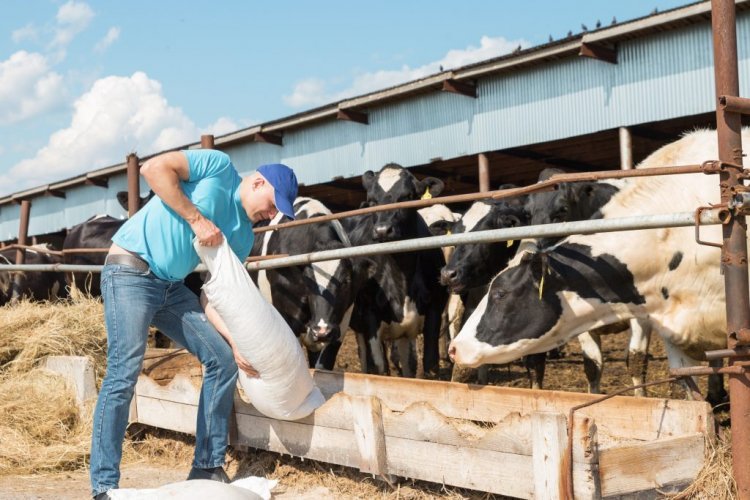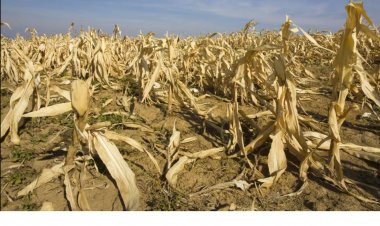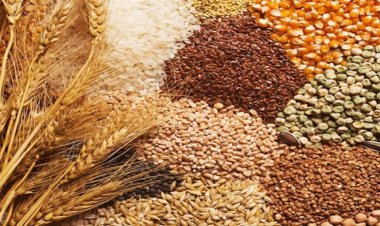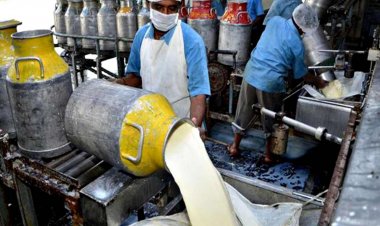Widespread opposition to reduction target of GHG emissions from agriculture in Ireland and Canada
The agriculture ministers of various states within Canada are protesting the decision. On the other hand, the Irish government has expressed its commitment to reduce GHG emissions from agriculture by 25 per cent by the year 2030. This has started a fight between farmers, business groups and environmentalists.

Ireland and Canada have announced their intention to reduce greenhouse gas (GHG) emissions from agriculture, but there has been widespread opposition to the decisions of the governments of both countries. In Canada, Prime Minister Justin Trudeau has decided to decrease the use of fertilizers in order to reduce nitrogen emissions. The agriculture ministers of various states within the country are protesting the decision. On the other hand, the Irish government has expressed its commitment to reduce GHG emissions from agriculture by 25 per cent by the year 2030. This has started a fight between farmers, business groups and environmentalists.
David Marit, the minister for agriculture from the province of Saskatchewan (a state bordering the US), and Nate Horner, his Alberta counterpart, have expressed their disappointment at Trudeau’s decision.
“We’re really concerned with this arbitrary goal,” Marit said in a joint statement. “The Trudeau government has apparently moved on from their attack on the oil and gas industry and set their sights on Saskatchewan farmers.” “The world is looking for Canada to increase production and be a solution to global food shortages,” Horner said in the same statement.
The Canadian government had released an emission reduction plan in December 2020. It had set a goal of cutting nitrous oxide emissions from synthetic fertilizer use by 30 per cent by 2030 from the 2020 levels.
The Department of Agriculture in Canada has said in a statement, “Fertilizers are an essential input for Canada’s agricultural crops. They have helped drive increases in Canadian crop yields over time, in the process leading to increased grain sales and exports, record farm gate receipts, and prosperity for Canada’s farm families. However, the application of nitrogen (N) fertilizer in particular results in nitrous oxide (N2O) emissions ….”
Therefore, the Canadian government has set a goal of reducing emissions from fertilizers at a national level. It is a part of Canada’s commitment to a reduction of GHG emissions in Canada by 40-45 per cent by the year 2030.
It is apparent from the Department of Agriculture statement that the reduced use of fertilizers will lead to a decline in crop yields over the next decade. It will not only cause loss to agriculture but also, and more importantly, affect the farmers. Fertilizer Canada, an industry group of fertilizer manufacturers, wholesalers and distributors, says that the crop yields in the country are directly related to fertilizer use. A reduction in emissions to 30 per cent below the 2020 levels implies that agricultural productivity will also dip below the 2020 levels. They estimate that the profits of farmers who grow canola on 1000 acres and wheat on as much land will reduce by $38,000-40,000.
On the other hand, Ireland has decided to reduce GHG emissions from agriculture by 25 per cent up to 2020. However, the target is to reduce total carbon emissions by 51 per cent up to 2030, but it seems difficult to achieve this target because the country, which has one of the highest per capita emissions, has failed to meet its earlier targets, too.
Agriculture accounts for 37 per cent of the total emissions in Ireland. The farmer organizations had expected to set a goal of 22 per cent reduction in emissions from agriculture while the environmentalists and representatives from the other sectors wanted this to be at 30 per cent. The government took a middle approach and pegged it at 25 per cent.
Cutting down on agriculture emissions will be made voluntary in Ireland and farmers will be incentivized for this. However, the pressure will increase on cattle farmers to cull cattle. The Irish Creamery Milk Suppliers Association called the deal a “sellout” that would make many farms unviable.
It is also true, however, that other sectors face higher targets, partly to compensate for agriculture’s dispensation. Transport must reduce emissions by 50 per cent, commercial and public buildings by 40 per cent and industry by 35 per cent.



 Join the RuralVoice whatsapp group
Join the RuralVoice whatsapp group







































